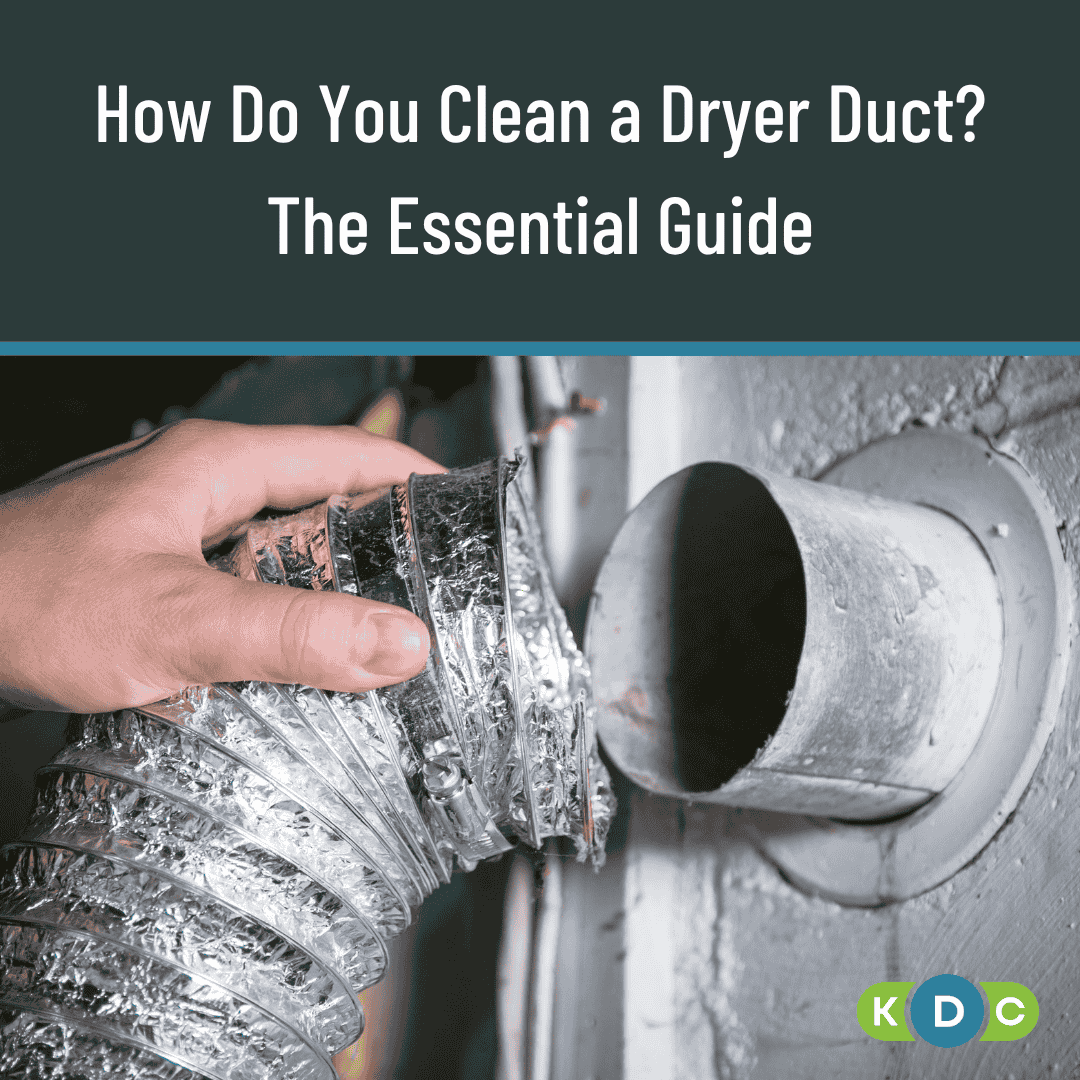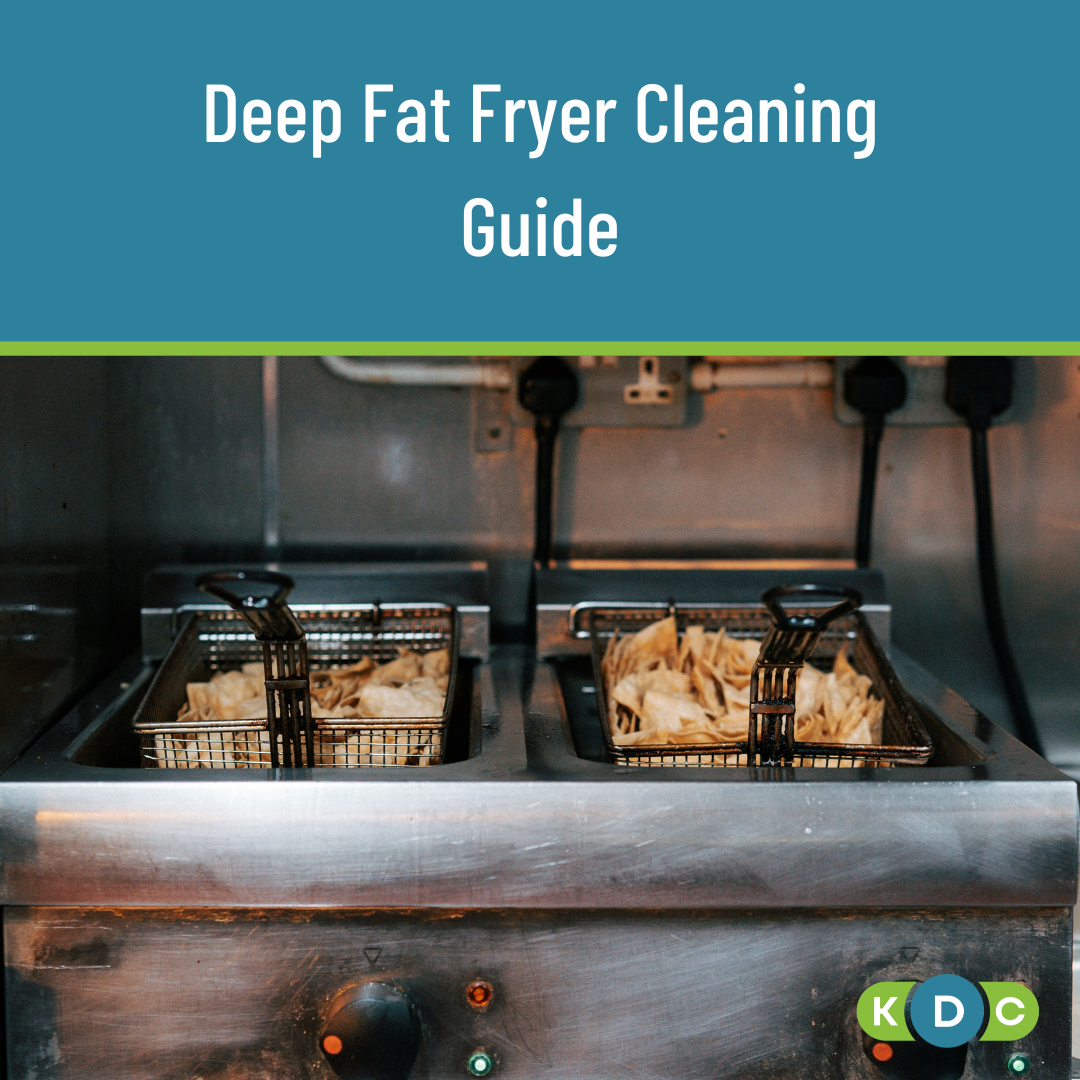How Do You Clean a Dryer Duct? The Essential Guide for Ensuring Safety and Efficiency in the UK
A tumble dryer duct cleaning guide for UK restaurants, care homes, hotels and hospitals. Fire safety, energy efficiency and regulatory compliance covered.
When did you last think about what’s lurking inside your commercial dryer’s ductwork? If you’re scratching your head trying to remember, you’re not alone. Most busy restaurant owners, care home managers, hospital administrators and the like have got their plates full without worrying about the invisible bits behind their tumble dryers.
But here’s the thing: neglecting your dryer duct cleaning is like ignoring a ticking time bomb that could seriously affect your business.
This guide will give you the full rundown on why dryer duct cleaning is absolutely essential for UK businesses, what nasty surprises await if you skip it, how often you should be getting it sorted, and why calling in the professionals may be vital.
Whether you’re running a commercial kitchen that’s busier than a chippy on Friday night, managing a care home, or keeping a hospital’s laundry operations running smoothly, this one’s for you…
Why Commercial Dryer Duct Cleaning Matters: The Risks That’ll Keep You Up at Night
The Lint Buildup Problem
Right, let’s talk about the elephant in the room, or should we say, the lint in the duct. Every time your commercial dryer runs, it’s producing lint like there’s no tomorrow. This dryer lint doesn’t just disappear into thin air; it accumulates in your dryer vent and creates a clogged vent that restricts airflow. It’s like trying to breathe through a straw when you’ve got a blocked nose – not pleasant, nor efficient.
Fire Risk: The Big One
Here’s where things get serious. That accumulated lint? It’s basically kindling waiting for a spark. Dryer fires are one of the leading causes of commercial property fires in the UK, with thousands occurring annually. The combination of overheating equipment and combustible material is a serious fire safety risk.
When your dryer vent is clogged, the hot air can’t escape properly, causing temperatures to soar. Add that to a duct full of lint, and you've got yourself a recipe for disaster that would make even the most experienced fire marshal nervous.
Your Energy Bills Are Going Through the Roof
A clogged dryer vent doesn’t just pose safety risks. It’s also doing a number on your utility bills. When airflow is restricted, your dryer has to work harder and longer to get clothes dry.
This means longer drying cycles, higher energy consumption, and more wear and tear on your equipment. Your dryer’s essentially working overtime for no good reason, and your energy bills are reflecting every minute of that extra effort.
Mould and Odour Issues: The Unwelcome Guests
Here’s something that’ll make you wrinkle your nose: trapped moisture in lint-filled ducts creates the perfect breeding ground for mould and mildew. In a commercial kitchen environment, this is particularly grim as unpleasant odours could affect your indoor air quality, putting off your customers faster than a burnt Sunday roast.
Your Dryer’s Crying for Help
All this inefficient operation takes its toll on your equipment. A dryer that’s constantly working harder than it should is like a car that’s never had an oil change: it’s going to break down sooner rather than later. Higher maintenance costs, more frequent repairs and a shorter lifespan for your commercial dryers … That’s not what anyone wants to hear when running a business.
Signs Your Dryer Duct Needs Attention
Not sure if your dryer vent needs cleaning? Here are the warning signs that should have you reaching for the phone:
Clothes taking longer to dry: If your laundry needs multiple cycles or is taking significantly longer than usual, that’s your dryer’s way of saying “help me out here”. When it’s time to clean your dryer vent, clothes will take longer to dry because the clogged vent prevents proper airflow.
Everything’s getting hotter than a hob on full whack: When your dryer feels hot to the touch or your laundry room becomes more humid, that’s heat, not escaping properly. Your dryer should be working efficiently, not turning your workspace into a sauna.
Burning or smoky smells: This is a major red flag that needs immediate attention. If you're getting burning smells during operation, that lint might be overheating. Don’t wait around. This is your cue to unplug the dryer and call in the professionals.
Visible lint buildup: Lint accumulating around your dryer, behind it, or on the exterior vent cover is like seeing crumbs around a toaster – evidence that something’s not working properly. The exterior vent flap might not open properly either.
Your dryer’s having a wobble: Some modern dryers have auto-shutoff features to prevent overheating. If your dryer shuts off prematurely or keeps overheating, it’s trying to protect itself from restricted airflow.
Energy bills that make you wince: When your dryer’s working harder and longer, your energy bills will reflect every minute of that extra effort. It’s like leaving the heating on with the windows open – wasteful and expensive.
For the technically minded, you can test airflow velocity with an anemometer. Anything below 1,500 feet per minute might indicate an obstruction that needs sorting.
UK Regulations and Compliance
To be clear, maintaining your dryer ducts is a legal obligation for UK businesses, not just something you do when you remember.
The Regulatory Reform (Fire Safety) Order 2005 mandates that businesses conduct regular fire safety risk assessments. This includes the inspection and maintenance of ductwork to ensure the safety of your premises, staff and customers or patients. Basically, if you're running a business, you’ve got to keep on top of this.
This is particularly important for UK health and safety regulations in commercial kitchens, hospitals, care homes and schools. These environments have specific requirements for regular duct cleaning to minimise fire risks – and for good reason.
Here’s something that might make your accountant nervous: Proper documentation of cleaning work is crucial for insurance and safety records. Professional services like ours provide visual evidence and detailed reports for compliance. Failure to maintain your ducts properly can lead to insurance claim refusals, fines, or even prosecution. Nobody wants that kind of drama, right?
While TR19 certification is primarily for kitchen extract systems, TR19 certified dryer duct cleaning services indicate a high level of expertise and compliance that many UK businesses find reassuring.
How Often Should You Clean Commercial Dryer Ducts?
For commercial, healthcare, or high-use environments, you should clean your dryer vent every 6-12 months, though your dryer vent may need attention more frequently in high-use environments. Clean a dryer vent at least twice yearly in busy commercial settings.
High-risk or high-usage environments might need more frequent attention, sometimes quarterly, if you’re really putting your dryers through their paces. Think busy hospital laundries or care homes where the machines are running constantly.
Several factors influence how often you’ll need cleaning:
- Usage intensity: Daily or heavy use means more frequent cleaning (every three to six months).
- Type of laundry: Items that produce lots of lint – towels, flannel sheets, fuzzy blankets – increase the need for cleaning.
- Pet hair: In environments where pet hair is present, it contributes significantly to clogs.
- Ductwork complexity: Longer distances or complex ducts with many bends reduce airflow and make lint buildup more likely.
The 6-Step Commercial Dryer Duct Cleaning Process: How the Pros Do It
Here’s how the experts handle dryer duct cleaning (spoiler: it’s more thorough than you might think):
1. Getting Set Up Safely
Safety must come first. The dryer gets unplugged, and for gas dryers, the gas supply gets turned off. No shortcuts here. We move the dryer away from the wall to access the vent system and vent hose connections properly. Like prepping for decorating, proper preparation prevents a proper mess.
2. Initial Inspection and Assessment
The process starts with a thorough visual inspection of the entire ductwork system. Professionals look for access challenges, existing issues and potential problem areas. Think of it as a health check for your ductwork.
3. Cleaning the Dryer and Wall Opening
A high-powered vacuum with a hose attachment cleans around the dryer’s exhaust opening and the wall opening. HEPA-filtered vacuums remove lint and dust effectively while preventing airborne particles. Trust us, nobody wants to breathe in a cloud of lint.
4. The Main Event: Duct Cleaning
This is where the specialised tools come out:
- Flexible lint brushes with extension rods snake through ducts to loosen stubborn lint buildup. These brushes get right into the corners and crevices where lint loves to hide. Professional dryer cleaning uses specialised tools like flexible vent brush kits with extension rods to clean the vent thoroughly.
- Rotary brush kits are the heavy hitters – drill-powered brushes that effectively scrub duct walls and remove even the most stubborn lint buildup. The key is clockwise rotation to prevent disassembling rods inside the duct (seriously, that’s not a mistake you want to make).
- Compressed air tools blast away stubborn lint in hard-to-reach areas. It’s like giving your ducts a proper deep clean with industrial-strength equipment.
The cleaning direction matters, too. Best practice is cleaning from inside (dryer side) to outside, pushing lint out rather than deeper into the system.
5. Exterior Vent Cleaning
The team heads outside to clean the dryer vent cover, removing debris, lint, or any bird nests that might have set up shop. The flap needs to move freely. A leaf blower can clear any remaining lint from the exterior vent.
6. Finishing Touches
All filters within the system get thoroughly cleaned to ensure optimal airflow. Everything gets reconnected securely, the dryer gets plugged back in (gas turned on if applicable), and a test cycle ensures proper airflow and functionality.
Why Choose Professional Services Instead of DIY?
You might be wondering why you can’t just tackle this yourself with a cleaning brush and a bit of elbow grease. Here’s why professional tumble dryer duct cleaning services are worth their weight in gold:
Expertise and specialised equipment: Companies like ours have the right tools for the job: high-powered vacuums, rotary brushes and inspection cameras. The right tools make all the difference.
Ensuring regulatory compliance: Professional services guarantee compliance with industry standards and regulations. They provide certification of work done, which is vital for insurance, audits and demonstrating adherence to fire safety laws.
Thoroughness for complex systems: For long, complex, or difficult-to-access duct systems, professionals ensure thorough cleaning that DIY methods might miss. Inspection cameras are critical for verifying cleanliness and detecting hidden issues.
Damage detection: Professionals can identify and fix issues like cracks, holes, or disconnections within the ductwork that could impact efficiency or safety.
Minimal disruption: Professional services carry out work to a high standard with minimal disruption to your operations. You keep running while they sort out the mess.
Safety with gas dryers: Working with gas lines requires expertise. Professionals handle this safely, so you don’t have to stress about it.
Essential Safety and Maintenance Tips
Here are some top tips to keep your commercial dryers running safely and efficiently:
- Always unplug the dryer before any cleaning or maintenance. Turn off the gas supply for gas dryers.
- Clean the lint trap after every use. This prevents lint from entering the ductwork and keeps your machine running efficiently.
- Upgrade to metal ducts. Rigid or semi-rigid galvanised steel ducts are safer and easier to clean than plastic or foil alternatives.
- Keep your dryer area clear and ensure you can move the dryer away from the wall for maintenance access.
- Check the exterior vent regularly. Make sure the exterior vent flap isn’t obstructed by debris, lint, or bird nests and that it moves freely.
- Document everything. Keep records of cleaning dates for compliance and maintenance schedules. Your future self (and your insurance company) will thank you.
- Know that your dryer vent may show signs of blockage even with regular maintenance. When it’s time to clean, don’t delay as a clogged vent only gets worse.
Wrap Up
Regular professional dryer duct cleaning isn’t just about ticking boxes. It’s about enhanced fire safety, improved efficiency, compliance with UK regulations and better hygiene for your business. Think of it as an investment in peace of mind and operational excellence.
Don’t let lint buildup turn your commercial dryer into a fire hazard or an energy-guzzling monster. Contact KDC Hygiene Ltd. today for expert, compliant and thorough professional dryer duct cleaning services that’ll keep your business running smoothly and safely.













